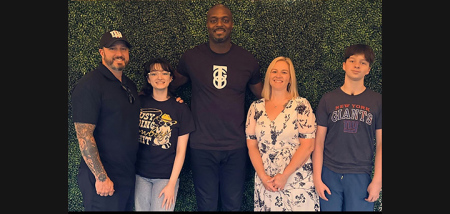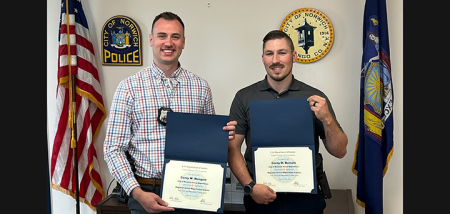Eye'll Be Seeing You
Published:
August 9th, 2007
By:
Bob McNitt

Have you ever wondered why certain animal’s eyes shine like reflectors when car lights illuminate them? Or how well nighttime species actually can see? Do animals see color the same way we do? If not, do some see in shades of just black and white? What species have the most acute vision abilities?
Early hunters quickly ascertained that deer (and other herbivores such as elk, caribou, moose, etc.) failed to see color in the same manner that humans did. A theory was then spawned by some that these animals saw their world in basic black and white. Later, as more was learned about the effects of colorblindness in humans, the idea of colorblindness in these animals became a more realistic solution to their inability to spot unnatural colors amidst natural ones. But no one could prove exactly what colors failed to be detected, or what colors they appeared to be to the animals. However, thanks to extensive research and new technology, we’re beginning to see how deer and other animals view their world.
“Ophthalmology” is the branch of medicine concerned with the eye and its diseases. Thanks to the research in this field, we now understand far more about how our human vision works. This same technology has also resulted in increasingly understanding how animals’ eyesight works, and what they see when compared to human eyesight. This branch is known as “veterinary ophthalmology” and it goes a long way toward explaining how animals view their world.
Author: Bob McNitt - More From This Author
Comments











